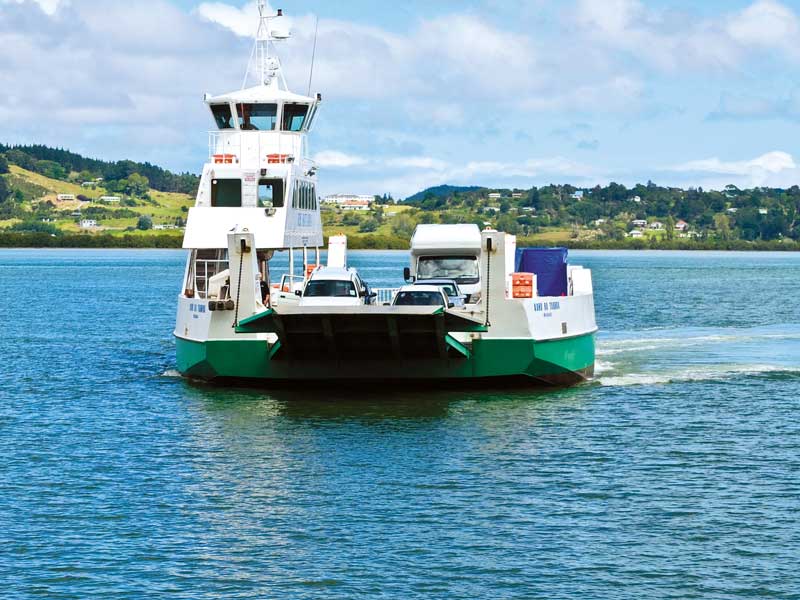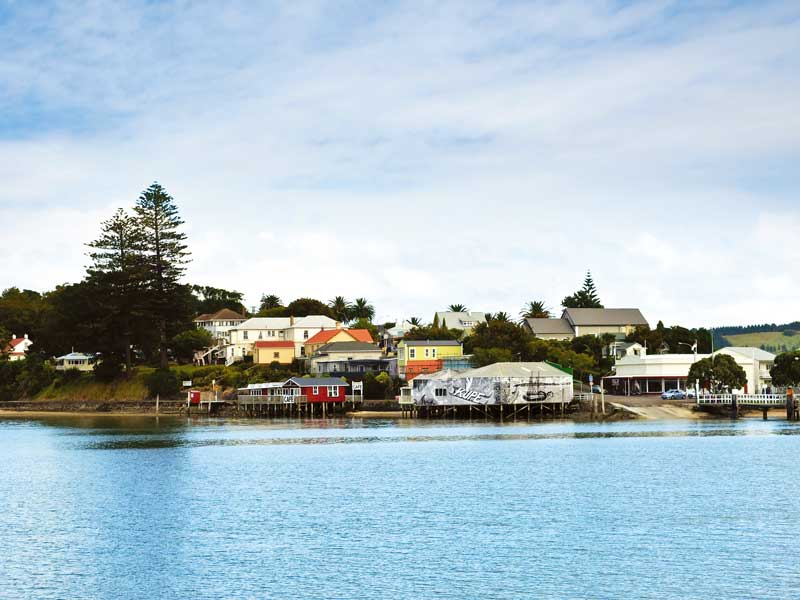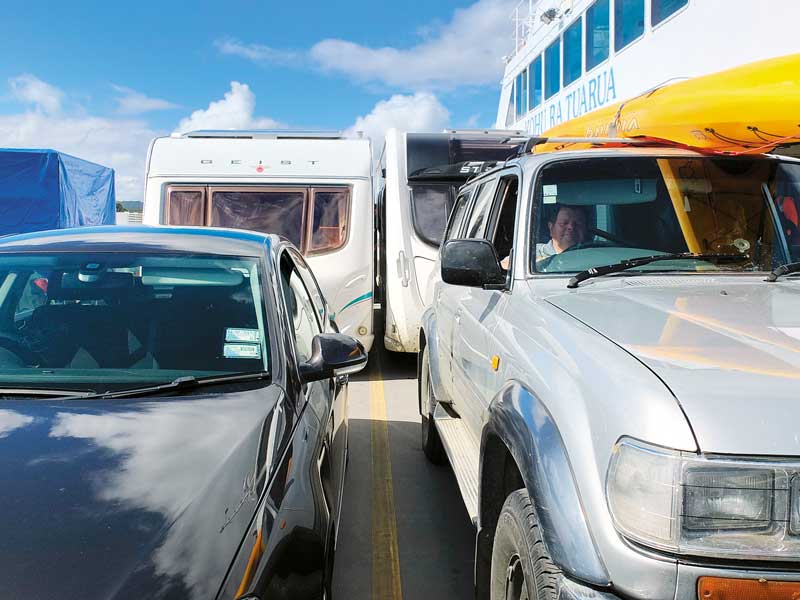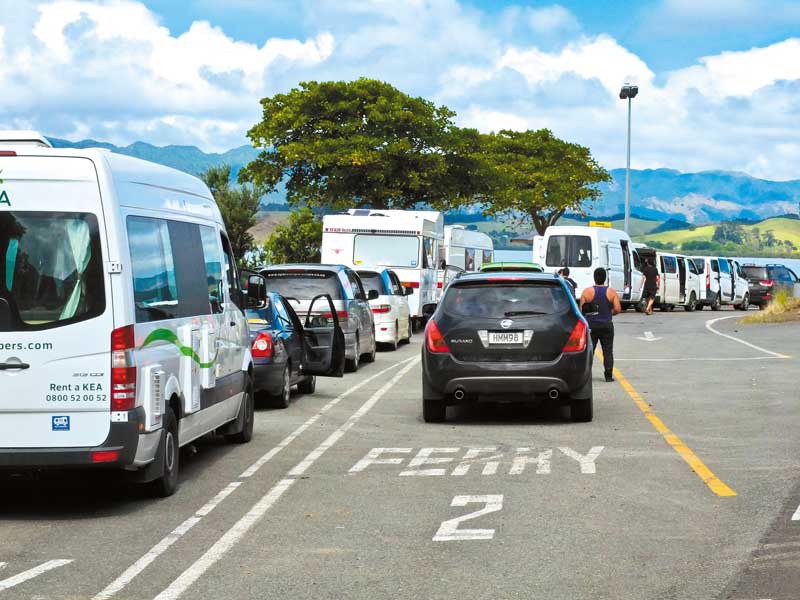Taking roads less travelled always lends an air of expectation to a journey and this route, although a little longer, added a layer to my understating of the Far North.
It first leads through pointed bush-clad hills thrusting upward like so many pyramids. In between are swampy valleys choked with reeds, kanuka, and forests of feathery toitoi. The road is uneven and twists sharply up and down like a big dipper. It’s back-blocks country through here.
The farmland is disorderly: rough-coated ponies, goats, sheep and cattle straggle through the pastures and the houses are in need of paint.
The first settlement is Herekino that apart for a forlorn looking tavern a school and a marae, is barely there, and 21km further south we came to Broadwood, marked by a bright yellow general store and another country school. The road slides along the northern coastline of the Hokianga Harbour before reaching Kohukohu where the ferry – Kohu Ra Tuarua – crosses the wide stretch of estuary to Rawene.
With a caravan in tow, boarding the ferry was an adventure in itself. There was a long line up of vehicles ahead of us (many of them motorhomes) and we waited anxiously as the ferry shuttled back and forth (15 minutes each way). The tide was rapidly receding. This meant an increase in the angle of the link between the landing and the ferry ramps, which also increased our chances of bottoming out as we boarded.
In my mind’s eye I saw our water tanks torn loose and floating off towards the sea. The skipper and crew, however, having loaded this craft a thousand times, positioned it and guided us on with hair’s-breadth precision. Underway, we slid quietly across the historic sheet of water. Rawene, approached from the sea, looks much as it might have 100 years ago.
Once around 50 locally built launches criss-crossed the Hokianga every day, conveying cream, timber, passengers, livestock and freight to the communities on either side. By the 1950s improved roads had put an end to water transport and the only vehicular ferry was a flat wooden barge that conveyed three cars at a time and was nudged along by a small tug boat.
Despite the fact that the modern version is powered by four Schottel jet engines and can take 24 vehicles per crossing. It is sometimes still referred to as the ‘The Barge’.
Jill Malcolm is a former editor of Motorhomes Caravans & Destinations and author of the Great Kiwi Motorhome Guide.

Raglan: winter beach life
Mel de Jongh discovers that Raglan is not just a summer destination and offers plenty to spark joy over the winter months








